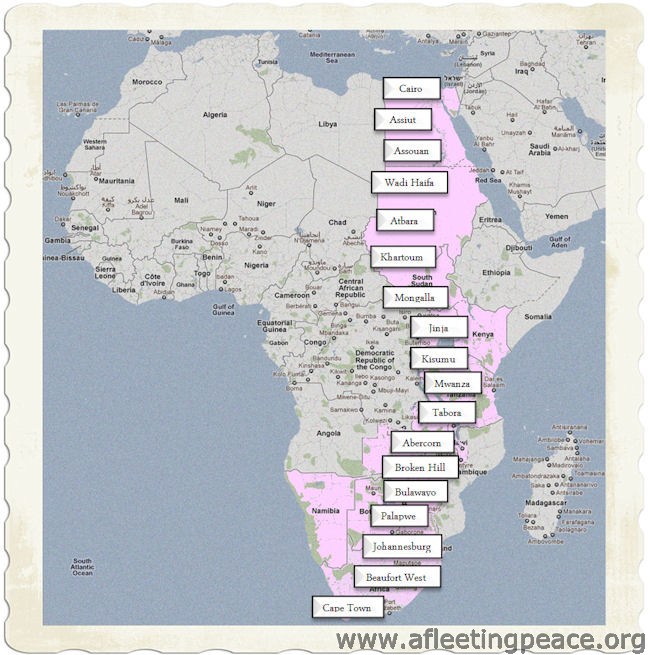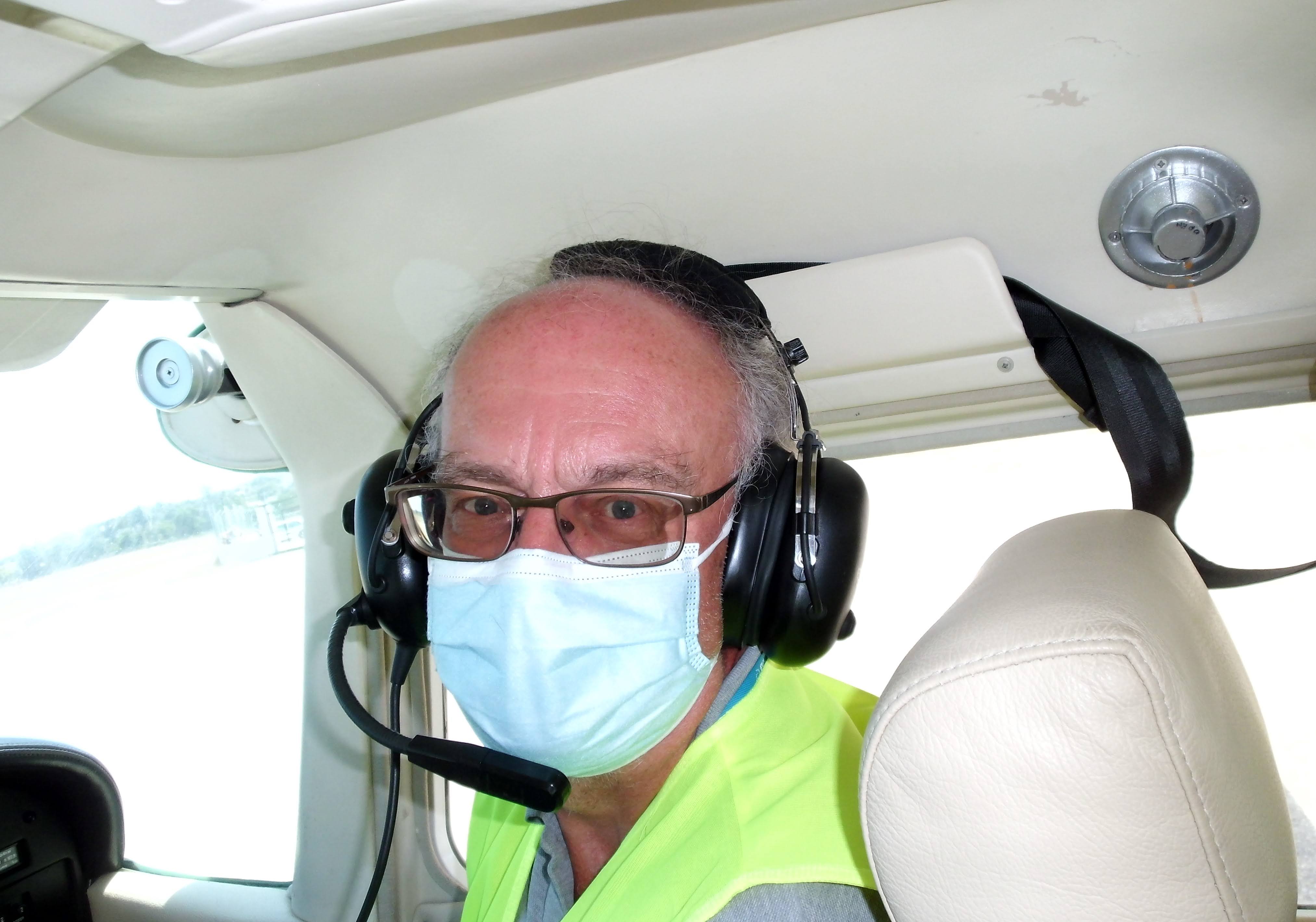England-South Africa Flights
-
-England - South Africa Flights
Flights to and from South Africa
The "All-British" air route between Cairo and the Cape was first opened for traffic in 1920. They could do this because, thanks to Cecil Rhodes and his fellow empire-builders, the map was coloured pink all the way, [denoting, of course, that they were part of the British Empire]
Some of the 44 aerodromes established for the 1920 'all-red' Route (with present-day country names], click to enlarge
The route had been first surveyed in 1918, when 3 military parties were instructed to explore and, as far as possible, prepare the route. They worked with the local authorities and cut many of the aerodromes out of the dense jungle, felling thousands of trees - and relocating tens of thousands of tons of soil - in the process.
This is what they achieved:
Aerodrome Distance (miles) EGYPT Heliopolis - Helouan 18 Wasta 40 Samamut 76 Assiut 84 Kara 102 Luxor 44 Edfu 55 Assouan 60 El Ajaqui 66 Toshki Gharb 71 SOUDAN Wadi Haifa 54 Station 6 82 Station 10 80 Shereik 70 Atbara 76 Shendi 74 Khartoum 6 Jebelein 208 Eliri 221 Duk Farwill 198 Mongalla 159 Nimule 110 UGANDA Jinja 232 BRITISH EAST AFRICA Kisumu 113 TANGANYIKA TERRITORY Shirati 89 Mwanza 124 Shinyanza 79 Tabora 104 Zimba 207 NORTHERN RHODESIA Abercorn 79 N’dola 336 Broken Hill 103 Livingstone 290 SOUTHERN RHODESIA Bulawayo 238 BECHUANALAND Palapwe 182 UNION OF SOUTH AFRICA Pretoria 258 Johannesburg 64 Blomfontein 230 Victoria, West 243 Beaufort, West 72 Touws River 158 Cape Town 142 5,297
Pretty soon, people were queueing up to use this new route.
Here are the successful flights, and some notable brave attempts:
-
-Flight - ESA 1920-01 Cockerell
1920
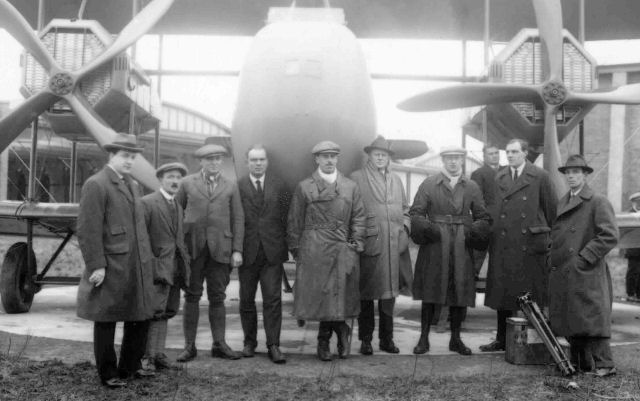
Capt Stanley Cockerell and Capt Frank Crossley Griffiths Broome (pilots), Dr Chalmers Mitchell (Secretary of the Zoological Society) and two mechanics in a Vickers Vimy Commercial [K-107, G-EAAV].
On February 27 the starboard engine failed just as the machine had reached flying speed in taking-off from Tabora, Tanganyika. The aeroplane crashed, settled on an anthill and almost turned over, the undercarriage being forced through the lower wing. Capt. Cockerell's wrist was sprained and Mr. Corby's leg was bruised, but otherwise the occupants of the machine escaped injury.
The framework and cabin of the wrecked Vimy were taken over by the Tabora Sporting Club "for use as a pavilion", but the engines were sent back to England.
-
-Flight - ESA 1920-02 Brackley
1920
Maj Herbert George Brackley and Lt Frederick Tymms in a Handley Page 0/400 (D4624, G-EAMC)
This machine, which left Assuan on February 25, made a forced landing at El Shereik, Sudan, about two-thirds of the way to Khartoum. The machine was damaged beyond repair, but fortunately no one was hurt.
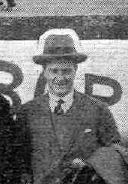
Air Commodore H. G. Brackley C.B.E., D.S.O., D.S.C., F.R.G.S., A.F.R.Ae.S., b. 4 Oct 1894, later Air Superintendent of Imperial Airways, was drowned while sea-bathing near Rio de Janeiro in the autumn of 1948. He was chief executive of British South American Airways at the time.
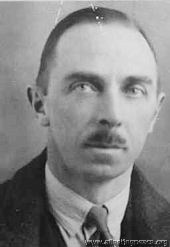
1930
Sir Frederick Tymms, MC, was a well-known navigator and civil servant who joined the RFC in 1917 and subsequently worked for the Air Ministry as Superintendent of Civil Aviation in the Middle East and India. -
-Flight - ESA 1920-02 Brand
1920
Flt-Lt Christopher Joseph Quintin Brand and Lt-Col Pierre van Ryneveld, in:
1) a Vickers FB.27 Vimy 'G-UABA, The Silver Queen', which they crashed in Korosko, Egypt on the 11th February;
2) another borrowed Vimy 'F8615, The Silver Queen II', and finally (when they damaged that);
3) a borrowed RAF Airco D.H.9 (H5648, 'Voor-trekker' ('Pioneer')).
Left Brooklands 4 Feb 1920, landed Cape Town 4pm 20 March.
45 days. First journey by air from Cairo to the Cape.
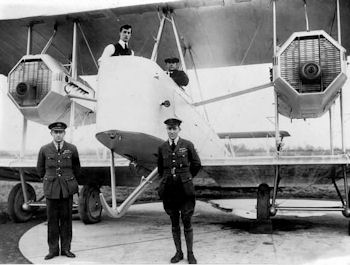
Silver Queen I
-
-Flight - ESA 1925-11 Cobham
1925-6
The London-Capetown-London Imperial Airways Survey Flight
Alan C Cobham, with Arthur B. Elliott as engineer and B. W. G. Emmott as cinematographer in a D.H. 50J.
Set out from Croydon on November 16, reached Cape Town on the evening of February 17, and returned to London 20 Mar 1926
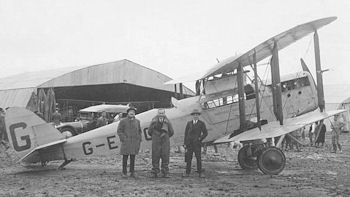
-
-Flight - ESA 1926 RAF
1926
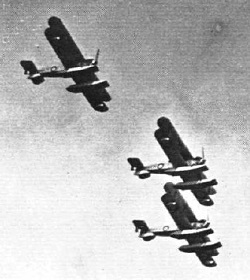
The First RAF Cape Flight
Wing Commander C. W. H. Pulford (commanding the flight), with Flt-Lt P.H. Mackworth, Flt-Lt E.J. Linton Hope, F/O W. L.Payne, Flight-Lieut. L.E.M. Gillman (navigator), Flying Officer A.A. Jones (technical), Sgt Hartley (fitter), and Sgt Gardener (rigger).
"They have carried out a flight which is unique in many ways and useful in many ways, and they have done credit to the Royal Air Force and to the British Empire.... there has been no other instance on record of a formation of four aeroplanes flying over 14,000 miles, across two continents, from the northern temperate zone to the southern temperate zone and back without change of personnel, of aircraft, or of engines."
Conway Waller Heath Pulford, O.B.E., A.F.C., Croix de Guerre, was born in India on January 26, 1892, and joined the Navy as a midshipman in January 1910. He transferred to the R.N.A.S. as a Flight Lieutenant and then to the RAF in August 1, 1919 as a Squadron Leader. Later promoted to Air Vice Marshal.
He was killed in WWII; 10 Mar 1942 when he and his naval counterpart, Rear Admiral Spooner, were amongst the last to leave Indonesia when the Japanese overran it. Their motor boat was hit and forced to run aground on an uninhabited, malaria-infested island called Chibia. The survivors managed to hold out for two months before being forced to surrender to the Japanese, but Pulford and Spooner had both died of exhaustion and malaria.
-
-Flight - ESA 1927 Cobham
1927-8
The Sir Charles Wakefield African survey expedition
Sir Alan Cobham in the Short S.5 Singapore flying-boat N-179 G-EBUP.
Started from Rochester on November 17. The flying-boat landed on Lake Victoria on February 5; it was the first flying boat to do so.
They completed the outward journey from England to Cape Town on March 30.
The return journey up the West African Coast was started on April 3.
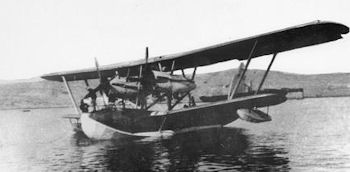
-
-Flight - ESA 1927-04 RAF
1927
The Second RAF Cape Flight
The Cairo-Cape flight ended on April 21, when the R.A.F. machines, under the command of Air-Commodore C. R. Samson, arrived at Cape Town about noon, 22 days after leaving Cairo.
C. R. Samson C.M.G., D.S.O. (and Bar), A.F.C., was a picturesque figure, who captured the popular imagination, "chiefly because of his wholehearted love of fighting and adventure."
He published an account of this flight in his book called (as you might rather expect), "A Flight from Cairo to Capetown and Back".
d. Feb 1931, aged 47
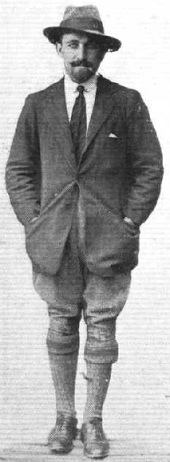
-
-Flight - ESA 1927-09 Bentley
1927-8
Flt-Lt Richard 'Dick' Read Bentley, S.A.A.F in D.H. Moth 60X G-EBSO 'Dorys'
'Dick' was a South African Air Force instructor at Roberts Heights, the headquarters of the S.A.A.F.; he was an adopted South African, born in England. He had also spent about three years in Canada.
Lady Bailey christened the Moth at Stag Lane with the name of 'Dorys', after his then-fiancee. The movie is here, although they seem to think the aeroplane was called the 'Johannesburg Star'...
The aeroplane was a standard production model, the only change being an extra fuel tank instead of the passenger's seat.
He was awarded the Britannia Trophy for the most meritorious performance of the year.
First solo England-Cape Town flight.
Left Stag Lane 10:30 am September 1. Arrived 2:20pm September 28.
He then became the first pilot to fly to Cape Town from England and back in a light aeroplane; the return flight was his "admirable method of spending a honeymoon".
Left Cape Town March 3, arrived Croydon (with his new wife, Dorys) on May 12.
He then became instructor to the Liverpool and District Aero Club from June to September.
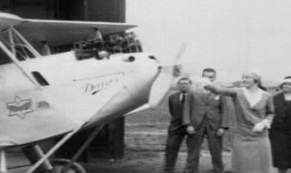
Lady Bailey christens Dorys, with Dick in the background
-
-Flight - ESA 1928-02 Heath
<<< 1928
First solo light plane flight from Cape Town to England
Lady Heath in an Avro Avian III
Reached Cape Town (by sea) December 6, 1927
She also enlisted the help of Dick Bentley to fly over the Sudan.
Left Pretoria on February 25, reached Croydon May 17.
The aeroplane was later sold to Amelia Earhart, and taken to America.
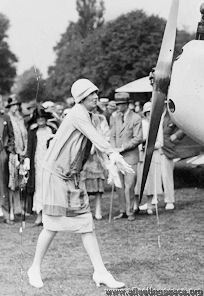
-
-Flight - ESA 1928-03 Bailey
1928-9
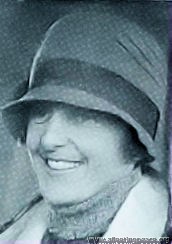
Lady Bailey in a couple of DH Moths
She only took two small suit-cases with her when she took off, in March 1928. In Cairo, her plane was locked away by order of the Governor-General of the Sudan to prevent her from continuing alone, so she contacted Dick Bentley (who had flown to the Cape a few weeks before) to escort her in his own aeroplane over the "dangerous area of the southern Sudan". She then crashed in Tanganyika, writing off her aeroplane (she said it was her fault), but her husband Abe made arrangements for a replacement Moth to be delivered from Pretoria and she continued, despite having 'flu. Abe was there to meet her when she arrived at the end of April.
The return journey was made via the western 'French' route - the Belgian Congo, Angola and the French Congo. She finally arrived back at Croydon on 16 January, 1929, 10 months after she left. It was "undoubtedly one of the finest performances ever put up by a woman pilot."
L -
-Flight - ESA 1928-05 Black
1928
An American attempt
Van Lear Black, (the publisher of the Baltimore Sun), in a Fokker tri-motor monoplane, left Croydon on May 14th and reached Khartoum on the 19th, but had engine trouble and abandoned the attempt.
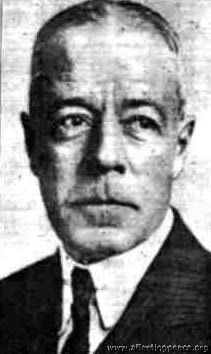
-
-Flight - ESA 1928-07 Murdoch
1928
Record flight
Lieut. Pat Murdoch, SAAF, in an Avro Avian III G-EBVU
Started from Croydon at 5 p.m. on July 29
Time: 14 days.
"We understand that before his departure Lieut. Murdock consulted Sir Alan Cobham regarding the flight."
Took off September 12 to make his way back, but crashed at Elizabethville, Belgian Congo, on October 18; he was uninjured, but wrote off the aeroplane.
-
-Flight - ESA 1928-09 Halse
1928

Capt Stanley Halse, accompanied by his wife, left Stag Lane on September 10 in a D.H. Gipsy Moth, was held up at Mongalla with a broken airscrew, and then made a forced landing at Atbara with engine trouble.
-
-Flight - ESA 1928-10 Hope
1928
London-Cape Town Flight
Capt Wally Hope reached Khartum on October 1. He was delayed by a touch of sunstroke.
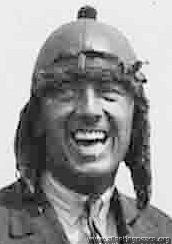
-
-Flight - ESA 1928-11 Carberry
1928
"Mr John Carberry left Croydon in his Fokker monoplane on November 18 for Cape Town. He was accompanied by a mechanic and hopes to make the flight in record time. It is the intention of Mr. Carberry to continue this flight to his estates in the Kenya Colony after reaching the Cape."
"Lady Carbery, the wife of Lord Carbery, was killed whilst flying her D.H.Moth at Nairobi, Kenya Colony, on March 12. During the afternoon she had taken friends for flights, and in the evening Mr. Cowie accompanied her to take instruction. The machine was seen to lose flying speed,and before it crashed Lady Carbery jumped out, but was instantly killed. Mr. Cowie was also killed. Lord Carbery was a witness of the disaster."
-
-Flight - ESA 1929 RAF
1929
The 4th RAF Flight
"For four successive years, four Fairey aircraft, each fitted with a Napier engine, have been selected for the service flight from Cairo to Cape Town and back. No mechanical trouble has been experienced on these flights."
-
-Flight - ESA 1929-11 Tuckett
1929-30
Roy Tuckett, a member of the Port Elizabeth Light Aeroplane Club.
D.H. 60G Gipsy Moth G-AARW
Left Croydon 9 November, 1929.
Met with a mishap at Aboukir when the machine was wrecked after being accidentally started. Mr. Tuckett himself was laid out for some time, but was apparently not permanently incapacitated.
Later, crashed while taking off at Toroso, Kenya.
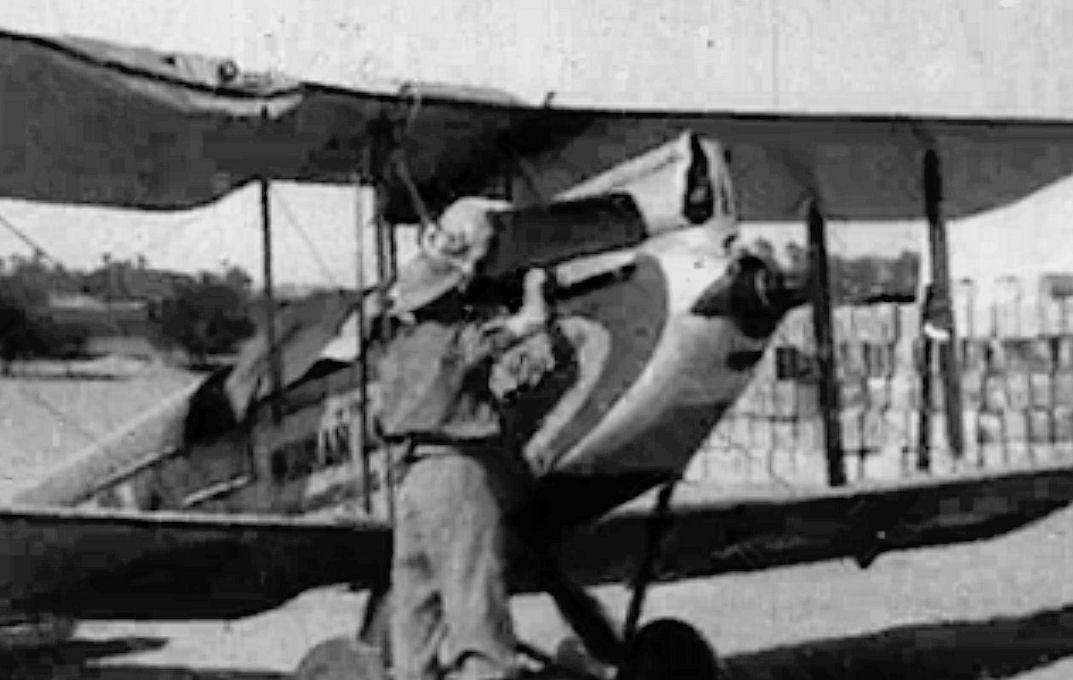
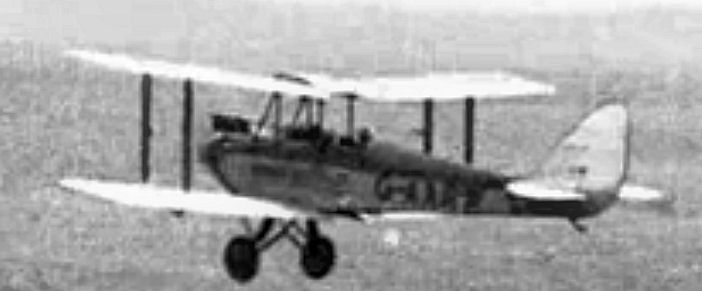
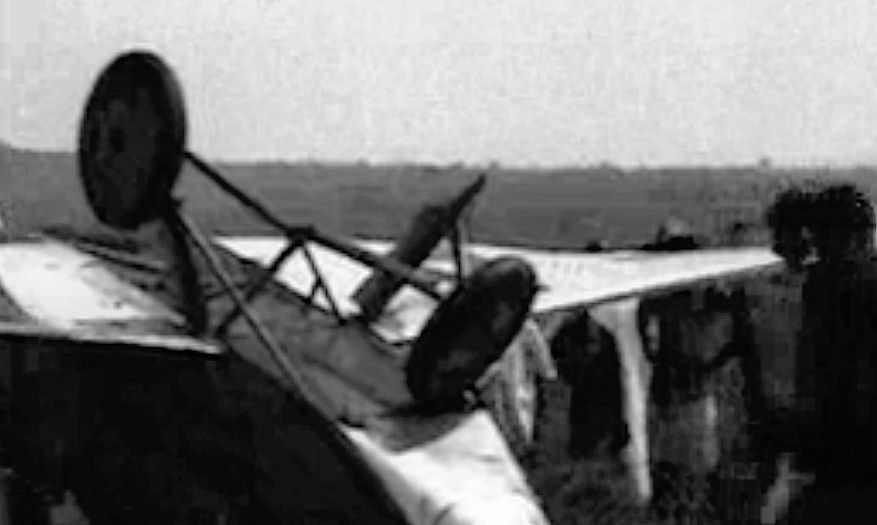
-
-Flight - ESA 1929-12 Fairey
1929
The Long-Distance Flight Disaster
Sqn-Ldr Arthur Gordon Jones-Williams, Flt-Lt N H Jenkins in the first Fairey Long-Distance Monoplane
This attempt on the world long-distance record took off on 16 December 1929 but crashed south of Tunis, destroying the aircraft and killing the crew.
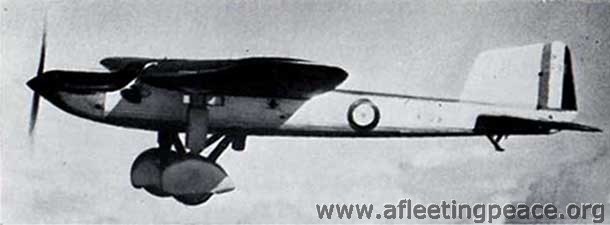
-
-Flight - ESA 1930-04 Bedford
1930
The Duchess of Bedford's record flight
The (64-year-old) Duchess of Bedford, Capt. Charles D. Barnard (pilot) and Mr. R. Little in her Fokker monoplane G-EBTS 'The Spider'.
Left Lympne on April 10, reached Cape Town on April 19. 10 days.
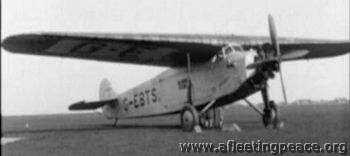
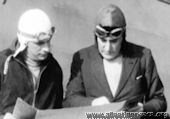
Page 1 of 4

